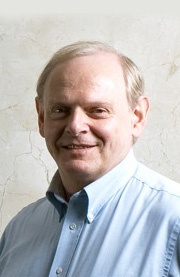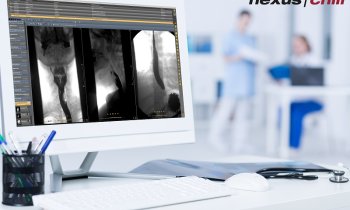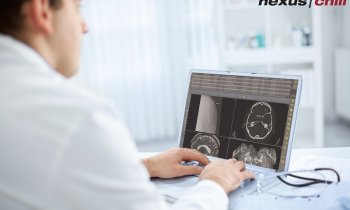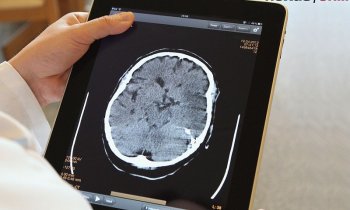Cause for concern: Diagnoses via teleradiology
Whilst the benefits of teleradiology as a diagnostic tool continue to grow, concerns have been raised about the lack of uniformity in reporting protocols across Europe. Mark Nicholls reports

Although Dr Hans Billing, Medical Director of the Telemedicine Clinic in Barcelona, Spain, sees enormous advantages in teleradiology, he also points out that the concept raises a number of issues of which radiologists should be aware in terms of the varying legislation, patient confidentiality and developing a good working relationship with end-user clinicians.
One of the key issues, he said, is the need for an EU-wide protocol for reporting from teleradiology because the legal position in Europe still lags far behind the technical capabilities, medical advances and patient benefits that teleradiology offers.
Whilst Scandinavian cases can be reported without any restrictions in the whole of EU, UK cases, he points out, cannot be reported outside the UK unless they are anonymised.
Confusion can arise with a patient of one nationality being scanned in a second country and reported on by a radiologist in a third location with all three covered by different reporting protocols. ‘We must have some sort of common European healthcare legislation, but we still don’t, even after all these years,’ Dr Billing explained.
Presently, the Telemedicine Clinic – which has offices in Barcelona and reading in the UK and Sydney, Australia - opts for the strictest legal position, but it would welcome an EU-wide protocol for reporting from teleradiology. ‘I feel that advances are being made but they are made from many different interest groups,’ he said.
The European Society of Radiology and organisations in the UK and Scandinavia have working groups on the issue but he stressed the need for different organisations to unite to establish uniformity to enable radiologists – and patients – to reap the full benefits of teleradiology. ‘Even if it means we have to make our workload even stricter,’ he added, ‘it’s important to have a common workflow from a legal point of view, everywhere.’
Teleradiology is a tool radiologists use daily to report from different locations, such as from home, providing the opportunity to use resources where they are situated and harness specialist expertise remotely. ‘Today, it’s even more important,’ Dr Billing pointed out, ‘to use specialist expertise and it will become more important in our clinical environment in the future. The amount of very specialised knowledge we can get from the current modalities is increasing, so today it’s not enough to be a good radiologist in practice, you need to be able to put it into clinical context and that is where you need clinical expertise.
‘Every hospital, even university hospitals, can’t have all the sub-specialists now required to cover every little niche of radiology; that’s the most important benefit of teleradiology.’
With security less of an issue because of heavy encryption, teleradiology services can be offered effectively to remote geographical areas. It gives clinicians and patients access to specialists, but also offers the radiologist greater flexibility in where they work.
But when reporting teleradiology, Dr Billing believes it is important to be familiar with the needs of the clinician. ‘In a hospital environment you are surrounded by your colleagues and clinicians who know you and the way you usually report. You are familiar with which type of surgery they perform and their exact needs.
‘One of the pitfalls with teleradiology is that you are not only distant physically but also distant from a knowledge point of view from the end user. What is needed in teleradiology is to get to know the end user -- the radiologist in radiology department and especially the clinicians - and know what their real need is and the setting in which they work.’
05.12.2011











